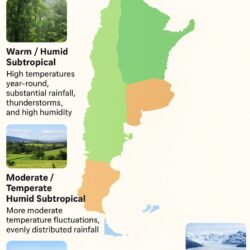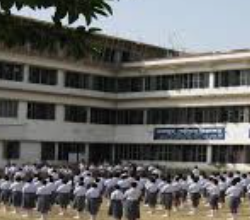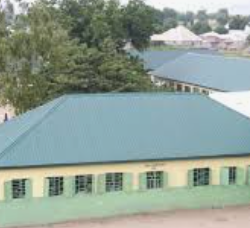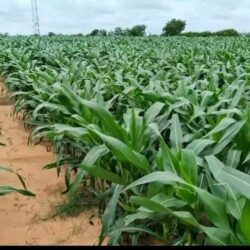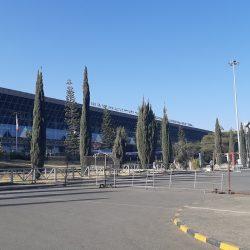Farming in areas with limited water availability requires selecting drought-tolerant crops. These crops have adapted to thrive in arid or semi-arid conditions, making them ideal for low-rainfall regions. Here’s a guide to some of the best options:
1. Millet
- Key Features:
- High drought resistance.
- Can grow in poor, sandy, or marginal soils.
- Requires minimal water while still producing a nutritious grain.
- Ideal Uses: Flour, porridge, and animal feed.
2. Sorghum
- Key Features:
- Thrives in dry climates.
- Deep-rooting system helps it access moisture from lower soil layers.
- Versatile: Grown for food, fodder, or biofuel production.
- Ideal Uses: Grain, syrup, or silage.
3. Legumes (Green Grams, Cowpeas, Pigeon Peas, Beans)
- Key Features:
- Excellent drought tolerance.
- Nitrogen-fixing ability improves soil fertility.
- Short growth cycles make them ideal for regions with brief rainfall periods.
- Examples:
- Green Grams (Mung Beans): Fast-maturing and nutrient-rich.
- Cowpeas: Adapted to arid conditions and widely used in tropical regions.
- Pigeon Peas: Deep-rooted, hardy, and productive even under limited water.
4. Cassava
- Key Features:
- One of the most adaptable crops for low-rainfall areas.
- Grows well on marginal soils with minimal inputs.
- Can be left in the ground and harvested as needed, providing food security.
- Ideal Uses: Root consumption, flour, and animal feed.
5. Barley and Oats
- Key Features:
- More tolerant of dry conditions than wheat or corn.
- Adapted to a wide range of environments.
- Can grow in areas with as little as 12 inches (300 mm) of annual rainfall.
- Ideal Uses: Grain, brewing, and fodder.
6. Sunflowers
- Key Features:
- Drought-resistant with deep roots that extract water from deeper soil layers.
- Can tolerate heat and low water availability.
- Ideal Uses: Oil production, snacks, and ornamental purposes.
Additional Considerations
When growing crops in low-rainfall areas, adopt practices that maximize water efficiency:
- Mulching: Retains soil moisture and reduces evaporation.
- Drip Irrigation: Provides targeted water delivery, minimizing wastage.
- Soil Management: Improve soil structure and organic matter to enhance water retention.
These crops, combined with proper water conservation techniques, can lead to successful farming even in regions with limited rainfall.






